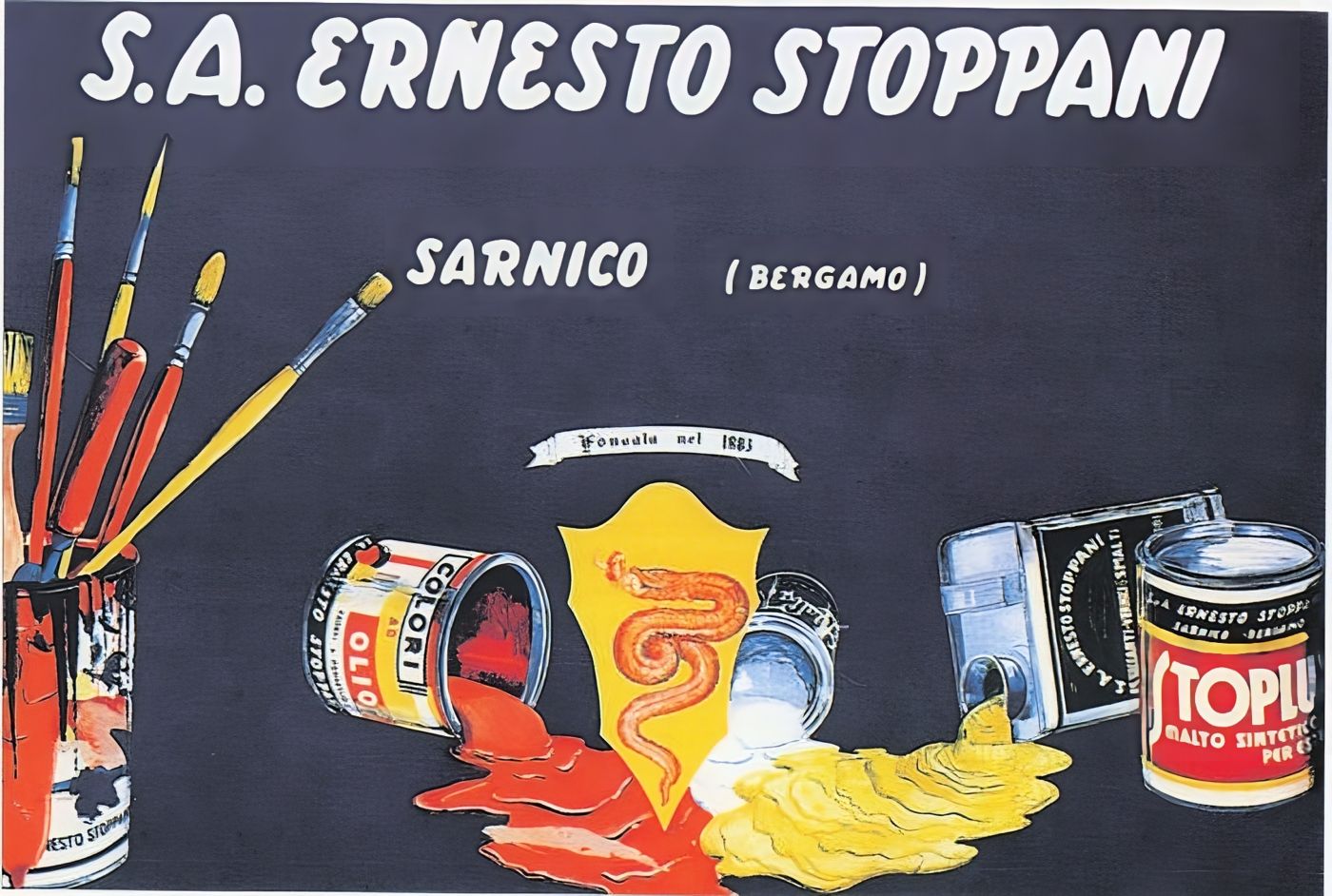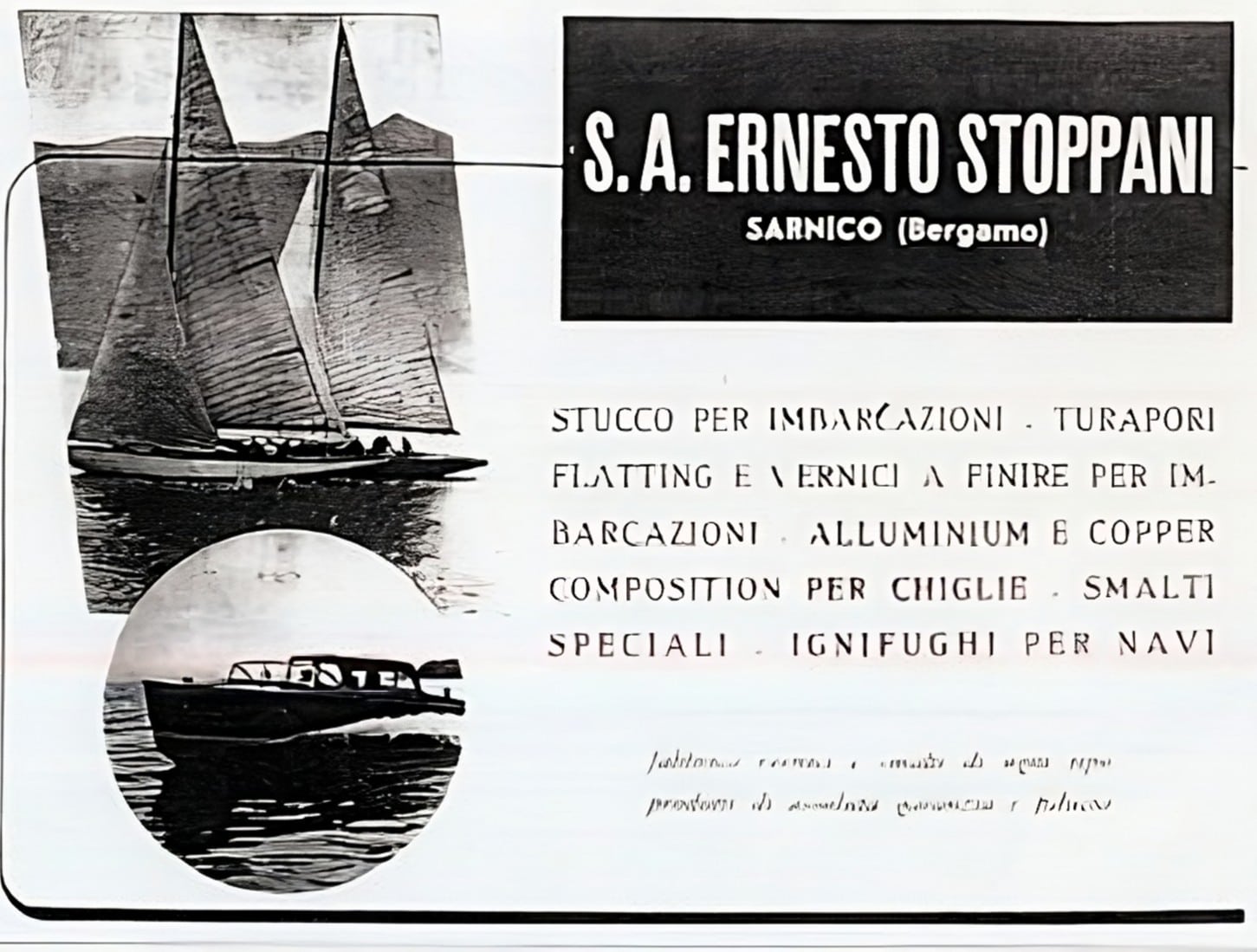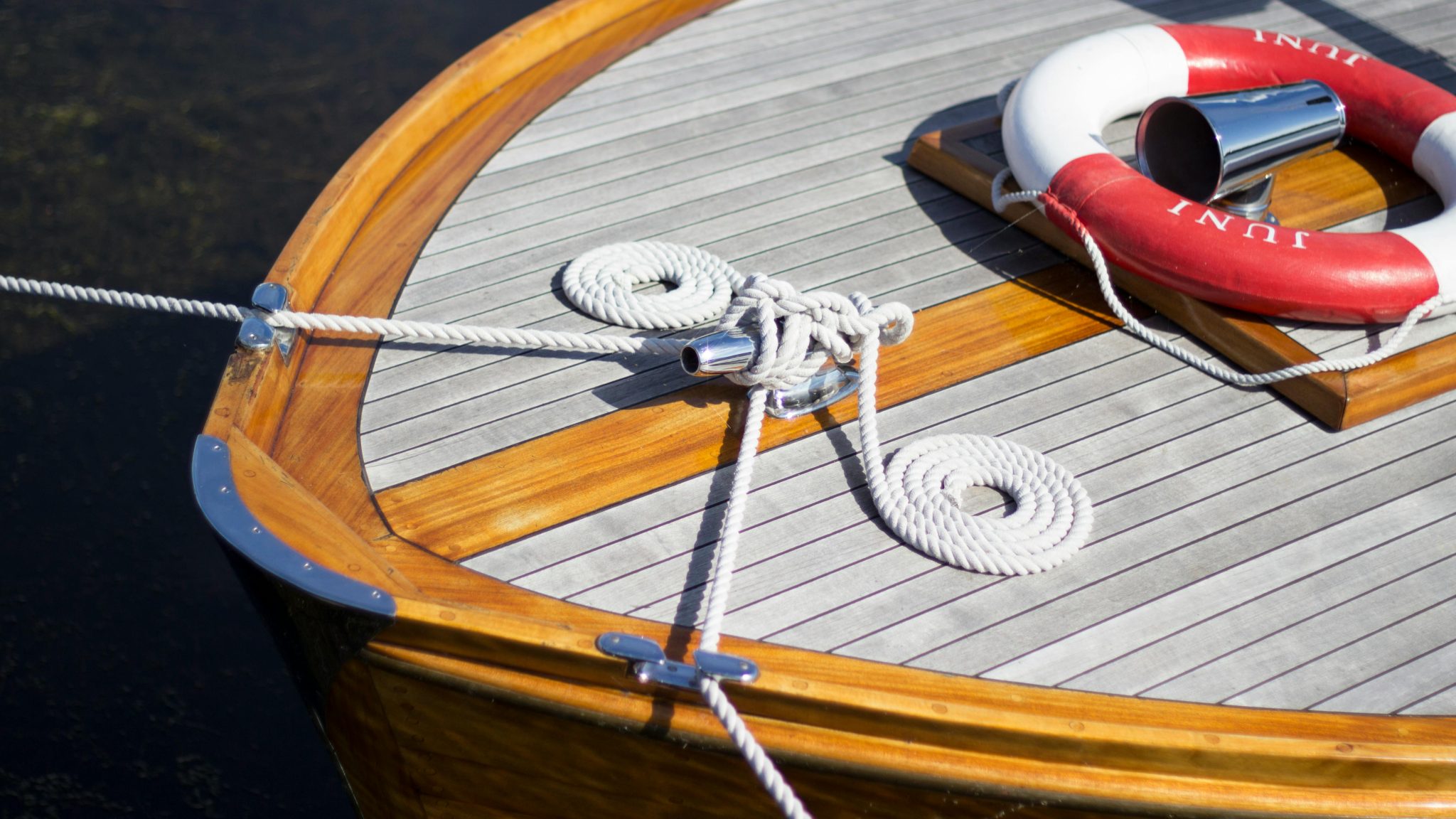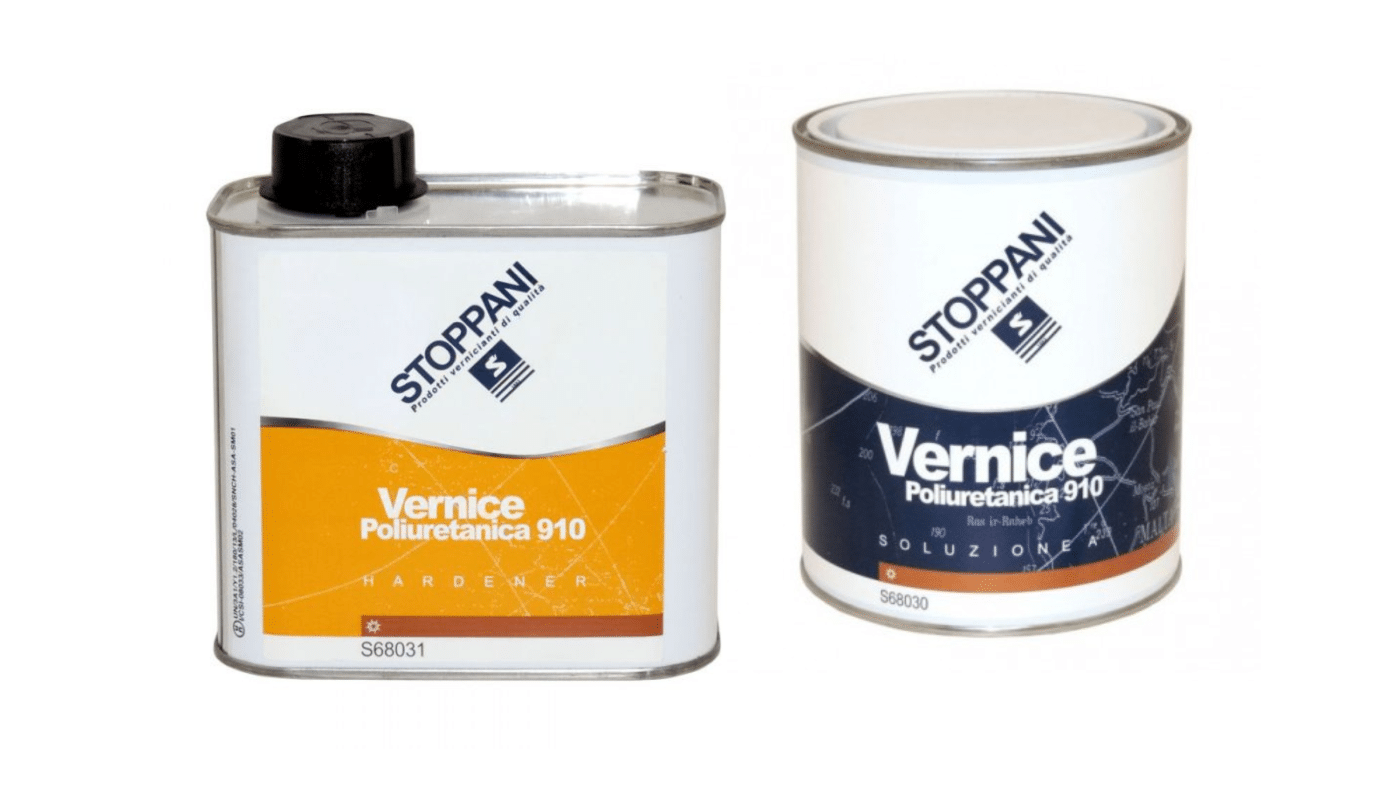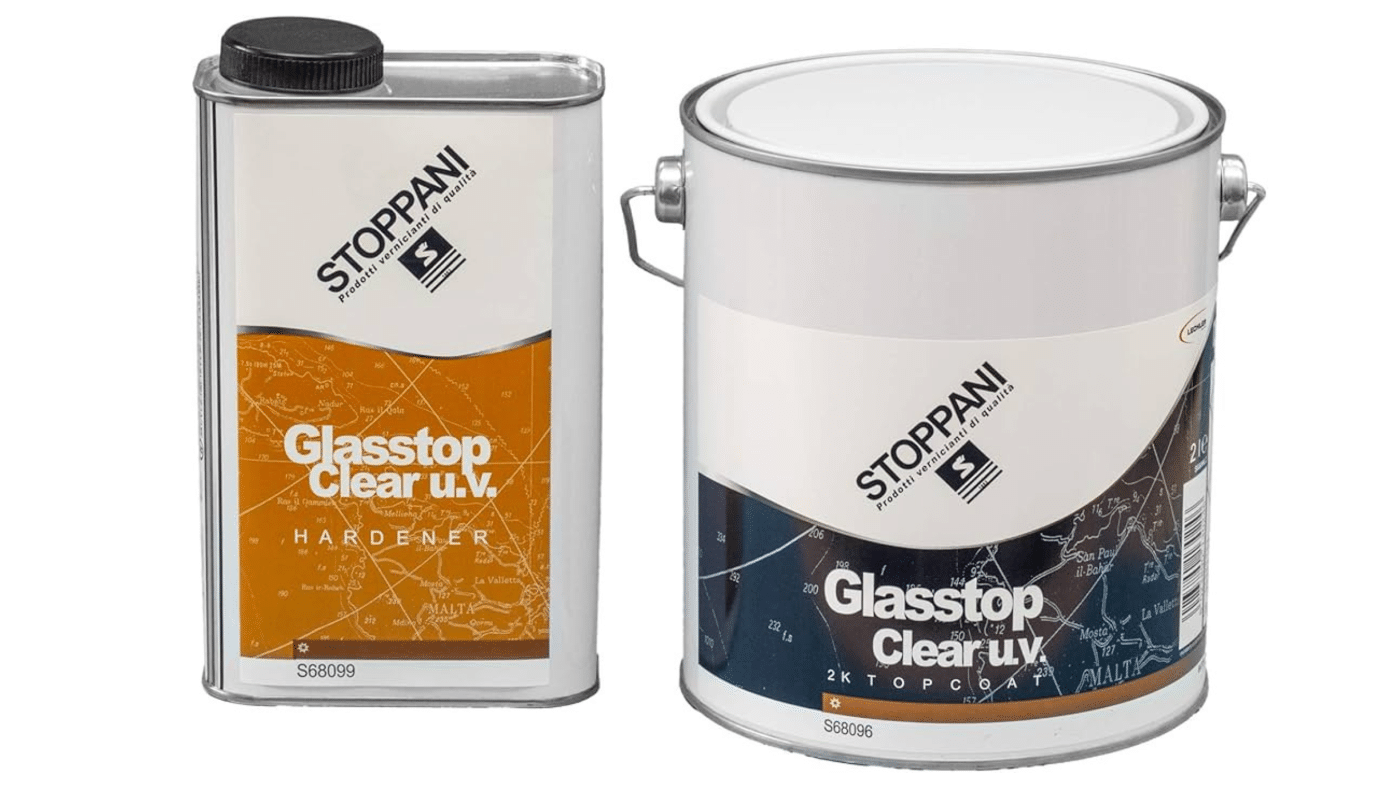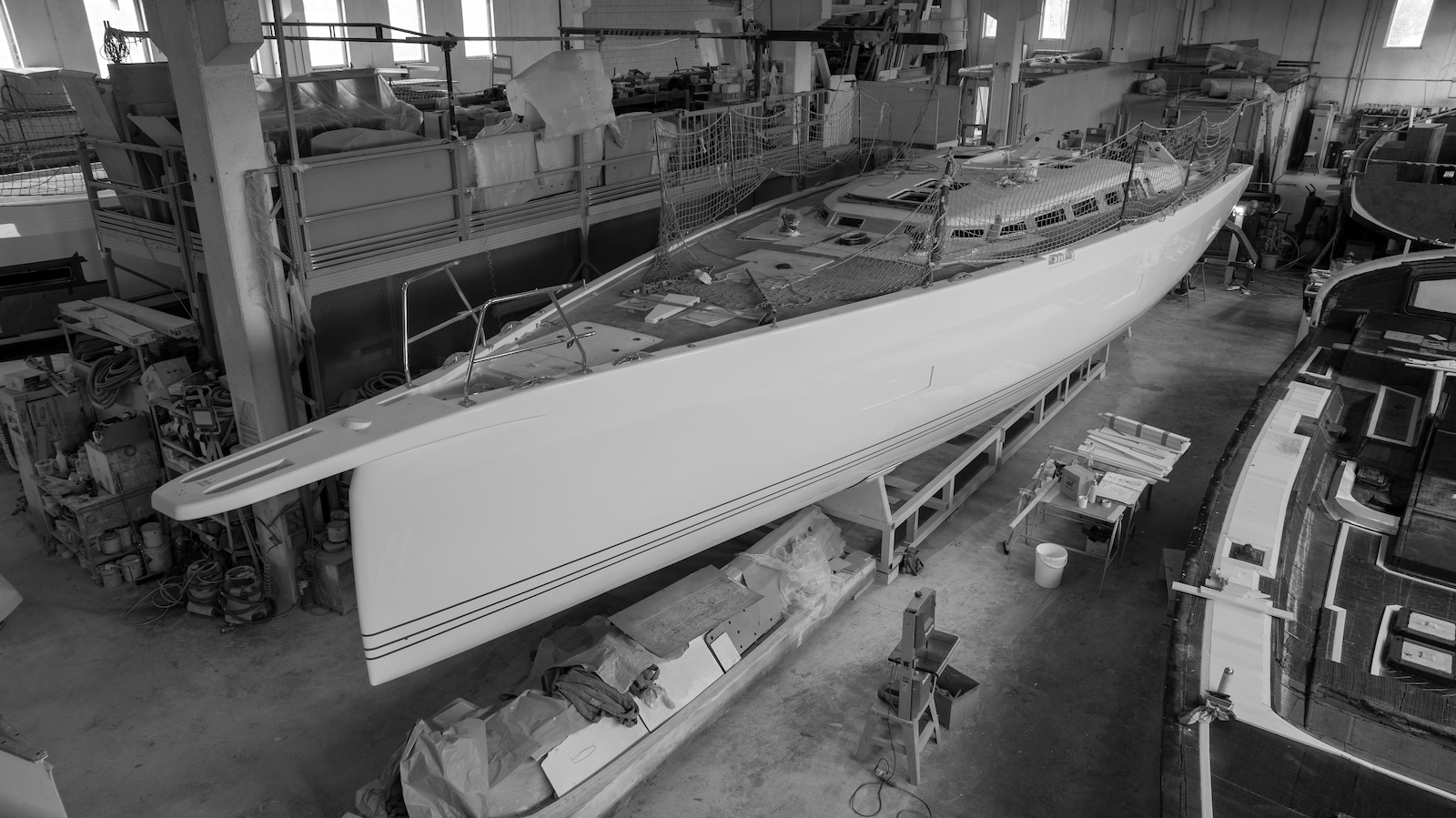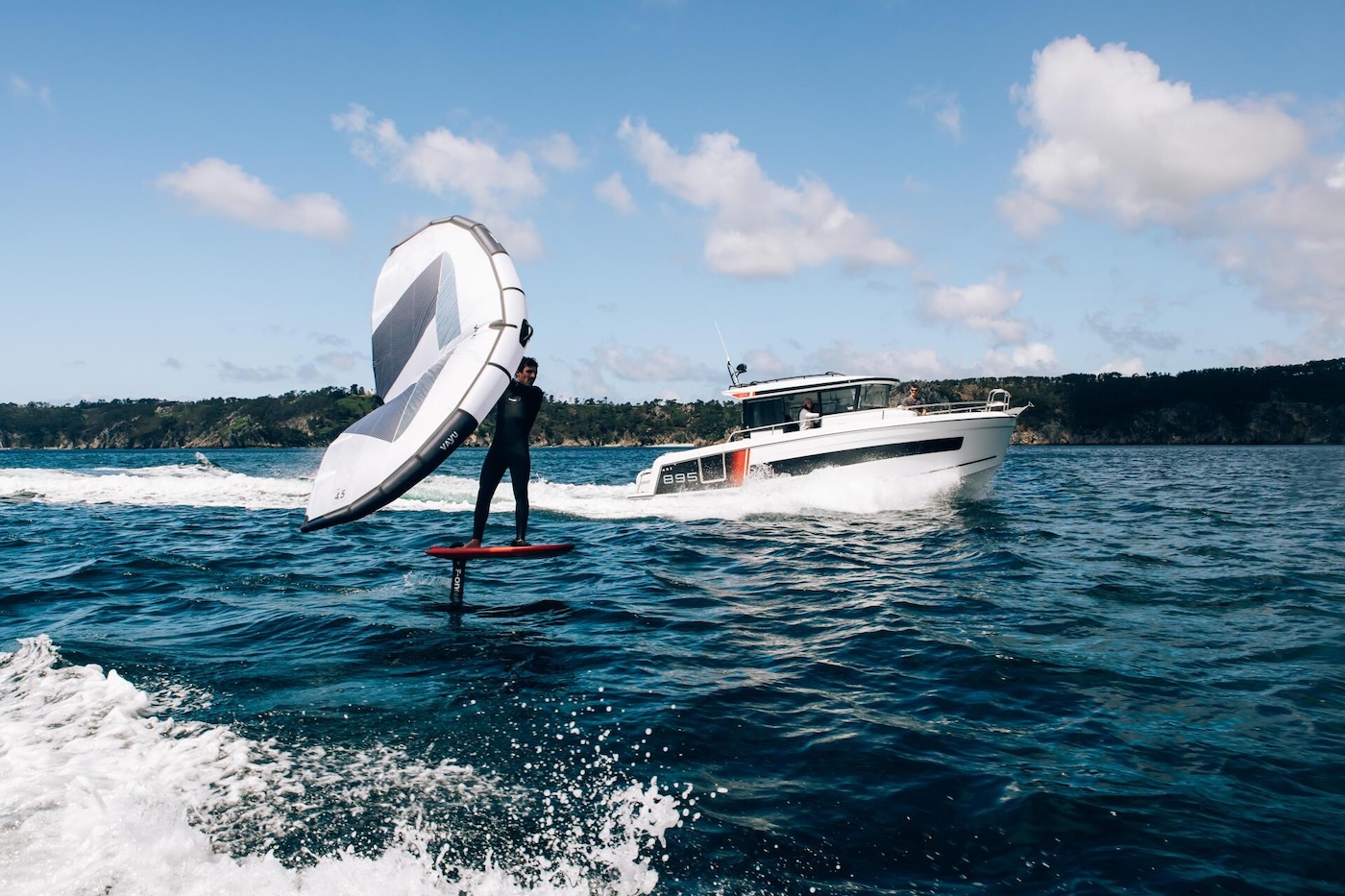Varnishing is a crucial process for boats, especially wooden hulls, which require a higher level of protection against the effects of saltwater. Stoppani was the first company to focus on varnishing wooden hulls, gaining expertise and reliability that still make this Lechler Group brand an industry leader today. This story dates back to the 1960s, capturing an entire era in the world of boating that continues to resonate to this day.
The Story of Stoppani and Riva
In the early 1960s, the renowned Riva Shipyard decided to take a groundbreaking step in its operations by reaching out to Stoppani to develop a top-tier varnishing system that would definitively resolve the technical issues the shipyard had faced over the years. Stoppani created the “Top Class” varnishing cycle, which became the standard for all Riva masterpieces, establishing Stoppani as Riva’s exclusive supplier of varnishing products. This marked the beginning of a remarkable partnership between Stoppani and the Riva Shipyard, both based in Sarnico, intertwining their histories in ways that continue to resonate today; among industry professionals, Stoppani’s wooden hull varnishing process is still known as the “Riva cycle”.
In 2007, the historic Italian company Lechler, based nearby in Como since 1910, acquired Stoppani. Lechler has focused on research and innovation since its inception and now enjoys international reach and recognition. With Lechler’s technological support, Stoppani offers a state-of-the-art catalog of products and varnishing cycles for motor and sailing yachts, using advanced materials. Moreover, Stoppani provides certified products for the restoration of valuable historic boats.
Varnishing wooden hulls
As yachting enthusiasts know well, it’s increasingly difficult to find high-quality products for restoring wooden boats, such as vintage Riva models, which are becoming rarer due to high production and maintenance costs. Yet true to its mission of “innovation and tradition,” Stoppani has continued to offer not only its innovative Isofan Marine range for yacht varnishing but also traditional products for the restoration and maintenance of wooden boats. In fact, all the original products used in the authentic Riva hull cycle are still available in the Stoppani catalog.
Restoring a wooden Riva boat is a delicate endeavor that requires experienced, skilled hands and a deep knowledge of the original materials used for decades by Riva. Thanks to extensive research and historical reproduction, the original materials and restoration cycles for vintage Riva boats have been made available to restorers. These cycles can also be used for all hulls and boats from other manufacturers crafted from fine woods.
How the “Riva Cycle” for varnishing wooden hulls works
Stoppani’s varnishing techniques for wooden hulls encompass five distinct processes:
- Upper Works: stripping, color restoration, wood impregnation, filling, and finishing.
- Underwater Hull: wood impregnation, filling, and finishing.
- Waterline
- Complementary Parts (floorboards and interiors)
- Teak Life: a specialized Stoppani treatment for fine woods.
In restoring vintage Riva boats made of “exposed” mahogany, hull preparation is essential, requiring meticulous surface treatment with appropriate materials and equipment.
The original Stoppani cycle, traditionally employed by Riva in crafting premium wooden boats, involves specific treatments for each part of the hull. Before proceeding with preparation and varnishing, it’s crucial to assess the wood’s condition to ensure it’s suitable for refinishing. If there are major issues, carpentry work may be necessary to reconstruct damaged planks or deteriorated hull sheathing.
Upper works
The preparation and varnishing of the upper works involve several stages:
- Stripping
- Color Restoration
- Wood Impregnation
- Filling
- Finishing
As for stripping, if the varnished surface is in good condition, it’s sufficient to carefully sand the surface before moving on to the finishing stage. However, if the surface is in poor condition, all existing product layers must be completely removed. This can be done with dry sanding using P40 grit sandpaper or with an appropriate stripper (using a flame for stripping is not recommended, as it can cause halos on the wood surface that are difficult to remove). Apply the stripper directly to the surface, allowing it to penetrate deeply, then remove the wrinkled film with a scraper. If the coating is thick, repeat the operation 2–3 times until the film is completely removed. Once stripping is complete, wash the surface with LSM00800 DEGREASER using a clean cloth. Allow it to dry thoroughly, then dry-sand the surface with P80–120 grit sandpaper.
If black stains from wood oxidation appear after the varnish layers are removed, treat them with the specific bleaching product, S86181 TEAK LIFE.
If it’s necessary to restore tone and uniformity to yellowed or faded surfaces, the wood grain can be darkened using S71070 PASTA MOGANO 2527 following this procedure:
- Thoroughly mix the MOGANO paste.
- In a large container, add the specific catalyst S71071 SOL.B to the MOGANO paste in a 3:2 volume ratio.
- Mix well.
- Dilute the mixture 1:1 with Nautica thinners S70060 (911) or S70030 (371).
- Apply a coat of the mixture with a brush on a small, targeted area.
- Immediately even out the color using a special pad soaked in the same solvent used for dilution.
After restoring the color with Mogano paste and allowing 6–12 hours without further sanding, the impregnation phase can begin. Apply three coats of S68030 (910 polyurethane transparent varnish, catalyzed 2:1 with S68031 SOL.B) using a brush, roller, or spray. Before applying, dilute the varnish by 50% with S70030 (371 thinner for brush or roller application) or S70060 (911 thinner for spray application). The three coats should be applied 2–3 hours apart. This process can be performed on all transparent-finished areas, both exterior and interior.
Next comes the filling phase. After 24–48 hours, sand the surface with dry P320 grit sandpaper, clean it, and proceed to filling and preparation for the finish, again using S68030 as the base coat, this time diluted between 20% and 40%. Apply another three coats, spaced 2–3 hours apart.
After waiting another 24–48 hours for the three coats to cure, sand dry with P360 grit sandpaper and repeat the process until achieving a full, glossy, and uniform surface. The original Riva cycle involves 6–7 stages totaling 18–20 coats.
Now, you can proceed with the application of the finish on the hull by applying 2–3 coats of high-resistance transparent varnish with UV protection, S68096 GLASSTOP CLEAR UV, catalyzed 2:1 with S68099 SOL.B and diluted by 15% with S70030 (371 thinner for brush or roller application) or S70060 (911 thinner for spray application). Allow 24–48 hours between each coat, sanding each layer with dry P600/800 grit sandpaper beforehand. Any imperfections can be eliminated by sanding with very fine P1200–2000 grit sandpaper or Trizac® and polishing with a roto-orbital machine using 00917 LECHLER POLISH.
Underwater Hull
The preparation and painting of the underwater hull involve the following steps:
- Wood Impregnation
- Filling
- Antifouling finish
- Waterline
As with the above-water sections, it is essential to check the condition of the existing paintwork (if the surface is in poor condition, follow the same procedure as for the above-water hull described earlier).
The process begins with the impregnation of the wood. For the treatment of the underwater hull, starting from a surface stripped to bare wood, the painting should begin with the application of a coat of S27115 anticorrosive primer diluted by 20% with S70120 thinner 6400/D. After a drying period of at least 12 hours, sand the surface dry with P400 grit sandpaper, then proceed with the application of a second coat.
Next, sand again with P400 grit sandpaper and apply S28060 RESOLUTION PRIMER, diluted by 10% with S70120 thinner 6400/D. After allowing for a complete drying time of at least 24 hours, finish by applying two coats of antifouling paint, spaced 24 hours apart.
Waterline
Regarding the waterline, after sanding with P360 grit sandpaper, a coat of S24080 SOTTOFONDO 912 White primer, catalyzed by 40% with S24081 and diluted by 20% with S70060 thinner 911, should be applied over the clear finish of the above-water hull (S68030 VARNISH 910).
Once the primer is completely dry, sand it with P600-800 grit sandpaper and apply two coats of bi-component GLASSTOP enamel in the original color.
Complementary parts for the varnishing of wooden hulls
Lastly, here are Stoppani’s guidelines for the complementary parts in the varnishing process of wooden hulls. On the underlays and the interior of the hull, after the impregnation phases, it is necessary to sand with P360 grit sandpaper and apply two coats of the one-component S71090 CLIPPER Gray Interior Finish 8257, allowing 24 hours between applications, with a dilution of 10-15% using S70120 thinner 6400/D.
For precious woods, as mentioned, Stoppani offers a specific treatment. Nautical hardwoods (teak, mahogany, iroko, etc.) are typically not treated with varnishes; however, direct and continuous exposure to sunlight depletes the fibers, causing the wood to lose its essential oils. Therefore, it is advisable to periodically treat these woods with specific products from the TEAK-LIFE line:
- S86182 TEAK-LIFE DETERGENT: Ideal for removing salt deposits and oil or grease stains.
- S86181 TEAK-LIFE BLEACH: Used to lighten wood or remove darkening caused by aging.
- S71051 TEAK-LIFE PROTECTIVE OIL: Specifically designed for the impregnation and protection of untreated precious woods.

